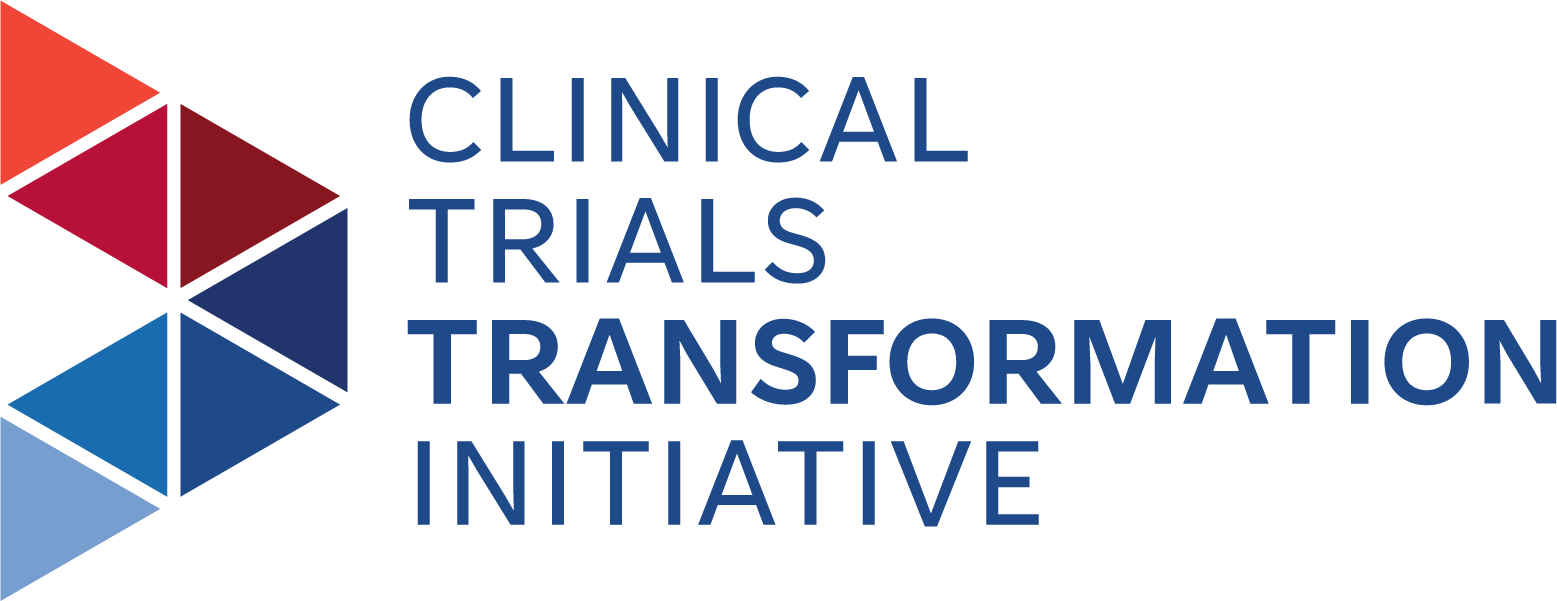CFF's Data Safety Monitoring Board Makes More Informed Decisions by Bringing in the Patient Opinion of What is Safe
CFF Applies CTTI's Patient Group Engagement Recommendations
SUMMARY
The Cystic Fibrosis Foundation's (CFF) Data Safety Monitoring Board (DSMB), which
is charged with safety oversight of CFF-sanctioned clinical trials, realized it
was missing a critical voice: that of the patient. Armed with CTTI's Patient Group Engagement (PGE) recommendations, the Foundation sought to make the work of the DSMB more
meaningful and transparent by integrating one patient representative on to
every DMSB it established.
GOAL(S)
After
a CTTI Annual Meeting, the Cystic Fibrosis Foundation's DSMB engaged in an interesting conversation. While physicians and
statisticians were obviously critical members of its clinical trial DSMBs, there
was an important voice missing. The groups were making decisions about what is
and is not safe for patients, and yet they were not hearing the patient
perspective. Wouldn't the team's effectiveness be improved if they could
integrate a patient representative on each of these boards?
CHALLENGES
The
idea made sense, and everyone agreed it was the right thing to do-- however, no
one on the Data Management Committee (DMC) knew how to go about it. Picking the
right people to engage was one component, but the committee also had to deal
with issues of confidentiality, conflicts of interest, and helping patients
understand the data they would review.
SOLUTION(S)
Fortunately,
CTTI had just released its PGE recommendations and resources to help
organizations understand how to best integrate patients into the research
process. In addition, a few other groups such as the AIDS Network and the National
Cancer Institute had implemented a similar effort. All of these offered a good
starting point for the CFF DSMB to begin.
TAKING ACTION
CFF knew it could learn from past experience, so it spent substantial time collecting existing insights on how to integrate the patient voice into its DSMB. In fact, it spent over a year connecting with individuals across the clinical trials enterprise that could offer suggestions. Through the AIDS Network, the National Cancer Institute, and other CTTI contacts, the team gleaned experiences and transferred them into its own network. Common themes emerged, including that patients often readily accepted board invitations, but then felt intimidated by the experience and were reluctant to speak up. The CFF DSMB worked in advance to avoid this challenge by educating the DSMB members to be inclusive and make specific effort to make space for patient representatives in the meetings by opening the door for questions.The DSMB developed a road map for incorporating patient representatives which included an educational component for the new members. Although Cystic Fibrosis is usually diagnosed in infancy, over fifty percent of patients are adults so it was important to recruit a representative balance of adult patients and parents (caretakers). Patient representatives are required to have a college education and experience as a participant in at least one clinical trial. The CFF began with two pilot trials, and through that process, they fine-tuned the effort and ultimately solicited applications through a CFF community patient program. Then the team conducted interviews and built its cohort.
IMPACT
The
CFF DSMB now boasts a cohort of 12 patient representatives, one of whom sits on
every newly developed DMC. The vice-chair of the DSMB notes there have been
several times when the patient input has been a pivotal change-maker. The
addition of the patient voice to the DMCs has been a "fantastic" addition that
has given insight and clarity to the CFF team's work.
ADVICE
Integrating patients into clinical trials can seem foreign at first to both trialists and patients, both of whom may wonder how patients can truly be brought into the fold. CFF urges those with doubts to remember that not every member of a team needs to be an expert in every aspect of the work. Investigators and clinicians bring medical expertise, statisticians bring the numbers expertise, and patients bring the lived experience with the condition. Together, they can build a DSMB that looks at the study holistically and delivers better results.A final piece of advice from CFF: "It's okay to steal shamelessly from other people who have already successfully integrated patients into research! In fact, it's more than okay. It will make your effort better. If you are unsure where to start, reach out to CTTI to build connections and get the ball moving. The experiences of others are priceless in this process."
ORGANIZATION
Cystic Fibrosis Foundation
ORGANIZATION TYPE
Patient
IMPLEMENTATION DATE
2016
TOPIC
Patient Engagement
